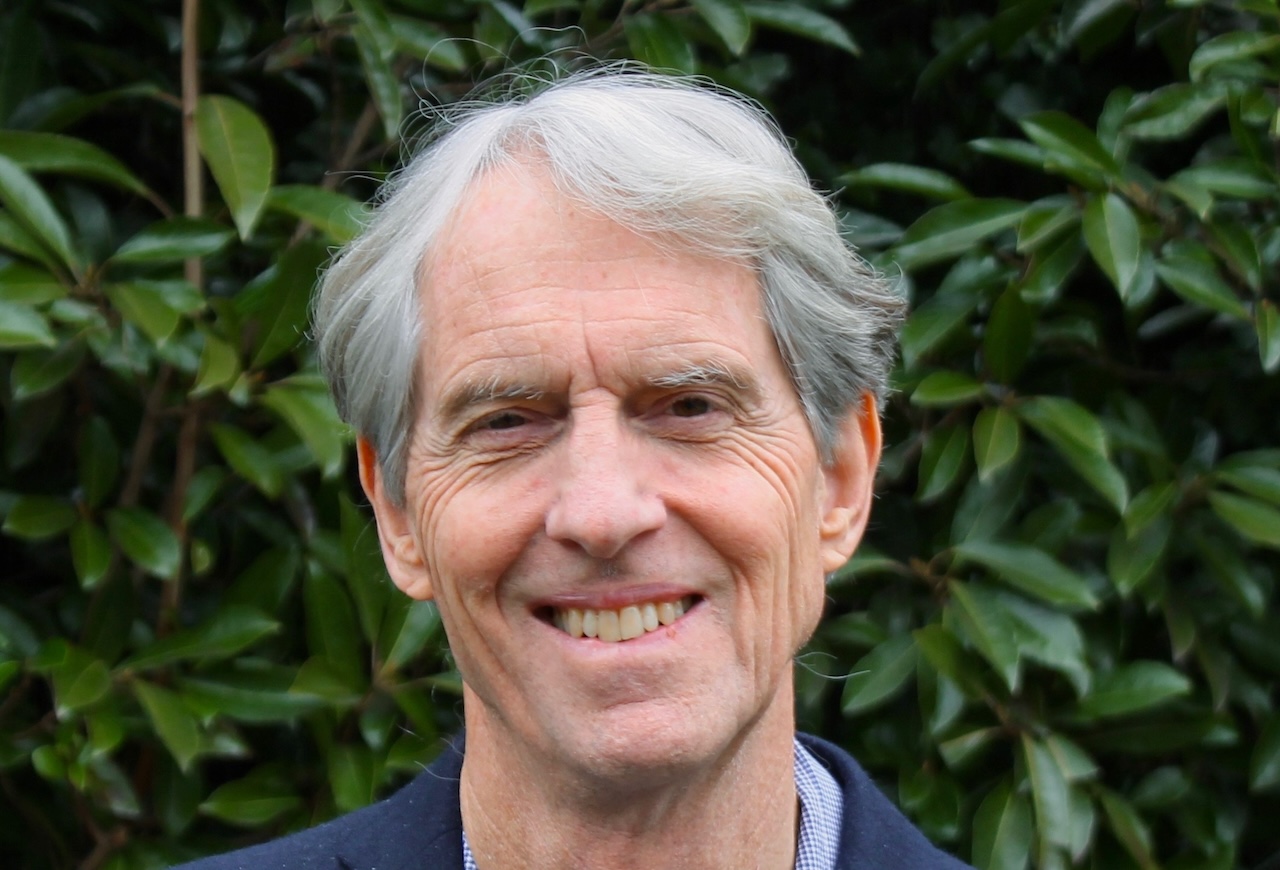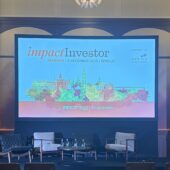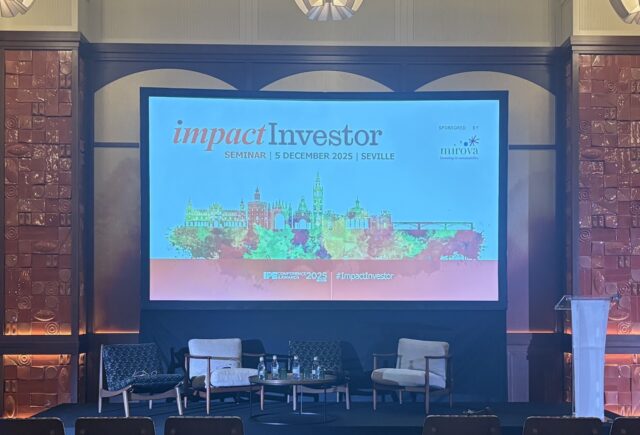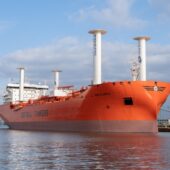The study found that every $1 invested in climate adaptation and resilience generates more than $10 in benefits over ten years.

The World Resources Institute (WRI) has published a study presenting evidence which it says demonstrates that funding for climate adaptation and resilience is among the most impactful development investments available.
The study found that for every $1 (€0.88) invested in climate adaptation and resilience a yield of more than $10 in benefits is expected over a 10-year period.
The study, which analysed 320 adaptation and resilience investments across 12 countries totaling $133bn, between 2014 and 2024, found that this translates to potential returns of over $1.4trn, with average returns of 27%.
Carter Brandon, lead author of the study and senior fellow at WRI, told Impact Investor that they were unsurprised by the direction of the findings, since an earlier report from the Global Commission on Adaptation, an international organisation working to accelerate action on adapting to climate change, already pointed to very high rates of return for adaptation investment.

“Since then, the urgency of adaptation has only gotten greater which means the benefits have also gotten greater.”
The sectors analysed include agriculture, water, infrastructure, and health, with some sectors such as health projected to deliver returns of over 78%. This, the study found, is driven by the high benefits of protecting lives from climate-related impacts like heat stress, malaria and dengue fever.
Other areas of high returns include investments in disaster risk management, such as early warning systems, which the authors said was derived from safeguarding lives and infrastructure.
Social and developmental impact
The study found that the development and social benefits resulting from climate adaptation investments matched or exceeded the avoided losses from climate impacts, demonstrating that investing in adaptation and resilience can also help to advance countries’ broader development priorities and sustainable development goals.
It also found that over 50% of the documented benefits from these investments occur even when climate-related disasters do not happen.
Examples given include infrastructure built to better manage extreme weather events, which provides year-round value, irrigation systems that support diverse cropping patterns and evacuation centers that can double as community hubs, and nature-based solutions, such as watershed, wetland and coastal protections, which frequently provide added ecological and recreational benefits.
Nearly half of the analysed adaptation investments are also expected to cut greenhouse gas emissions, especially in sectors such as energy, forestry, transport, cities and agriculture, which the authors said could unlock funding from investors focused on climate mitigation.
Triple dividend
WRI analysed projects using a triple dividend of resilience (TDR) framework, which includes avoided losses from climate disasters, induced economic gains such as job creation or increased crop yields, and broader social and environmental benefits, such as improved health systems or biodiversity.
The study found that only 8% of investment appraisals estimated the full monetised values of these dividends, which the authors said suggested that actual rates of return are substantially underestimated in economic assessments of most adaptation investments.
One of the examples of the triple dividend given in the study is a riverine management project in Durban, South Africa, funded by the C40 Cities Finance Facility, which uses nature-based approaches, land tenure arrangements and new river management systems to reduce flood risks.
According to the report, the project has delivered a reduction of flood losses (first dividend), alongside better transport access, more jobs, increased food production and bioenergy generation (second dividend), and erosion and sediment control, improved surface water quality, recreation, and carbon sequestration (third dividend). The report found that with a net present value (NPV) of $2bn, the benefits generated by the project are nearly six times greater than the original costs.
Private investment
While the study analyses adaptation investments financed by MDBs and international climate finance institutions, it says that some of its findings could be useful to the private finance sector, including impact investors, and that there was an opportunity to increase private finance participation.
The authors suggest that the use of its triple dividend approach could help market participants better understand the returns on investment in climate adaptation and resilience projects as well as help to inform private sector investment by standardising project-level costs, benefits, and metrics.
Brandon highlighted the second dividend, which represents the economic value added by the project.
“This is bankable value creation, through higher output, more jobs, increased productivity, and cash flow, all of which favor private sector investment. Alternatively, this estimated value added could help more credit-worthy governments issue bonds to be purchased by the private sector,” he said, adding that almost half of the adaptation investments in the study also reduce carbon emissions, which he said suggested “that project proponents could seek partial financing through carbon markets or offsets.”
Bridging the financing gap
The WRI called on government leaders to treat adaptation as an engine for economic opportunity and to fully integrate resilience into national development strategies.
The study highlighted the need for a standardised approach to measuring and reporting adaptation outcomes to improve investments’ comparability, transparency and accountability.
It also recommended that multilateral development banks and other development finance institutions, funds, and governments apply the TDR framework to improve appraisal methods for adaptation investments, arguing that by more accurately demonstrating the diverse returns generated, investors would be more motivated to invest and reduce the adaptation finance gap.
Brandon said the study was timely, given the persistent adaptation finance gap that has long been discussed but never resolved.
“It shows that good adaptation is good development and good adaptation investments deliver dividends even in the absence of climate disasters.
“That finding cuts across all the SDGs and suggests that scarce international climate finance can, and should, be blended with much larger volumes of development finance to build resilience. Making the strong returns visible can only help unlock greater investment,” he added.






